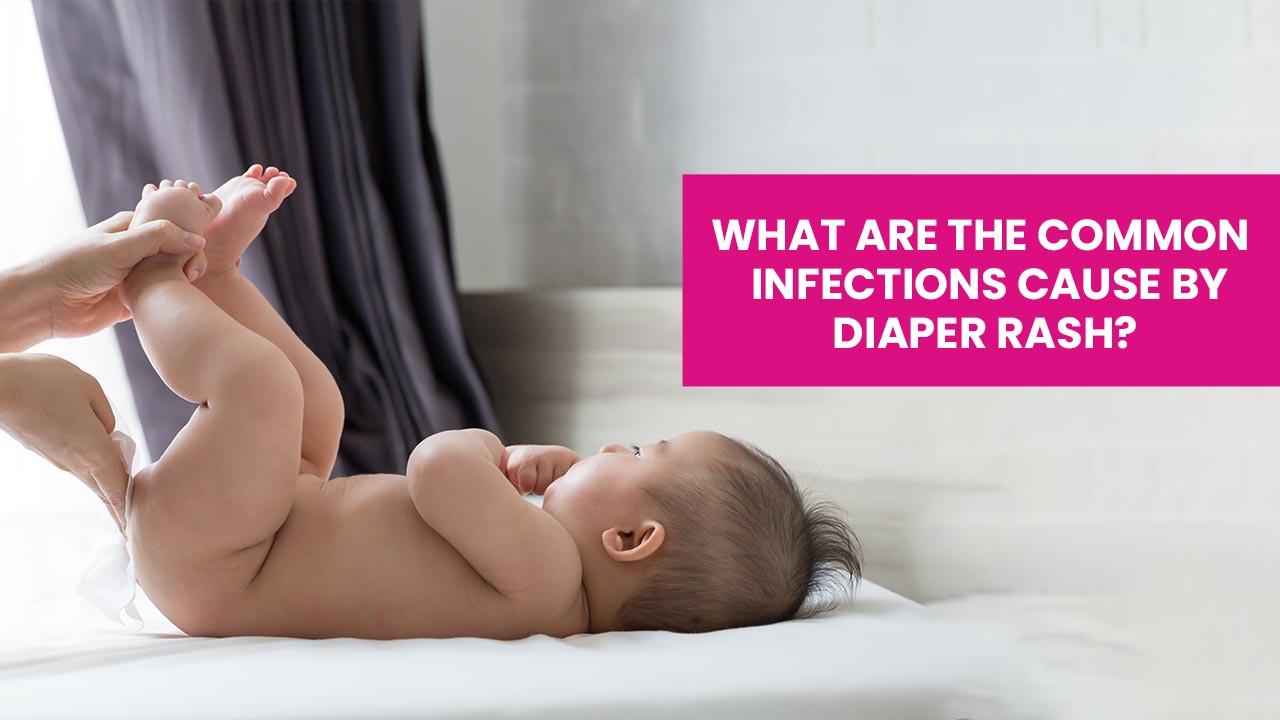
Aggravating Diaper Rash
To some extent, half of all infants get a common infection caused by diaper rash eventually. As a matter of fact, blushed, exciting skin in the diaper region is perhaps the most well-known reason guardians look for clinical consideration from their kid’s PCP. You’re in good company!
Since there are various sorts of diaper rashes―and they can look shockingly similar―check out this list from our expert guides to help distinguish, relieve, and forestall a few unique kinds of diaper rashes.
The most widely recognized sort of diaper rash is “aggravation dermatitis”. The diaper region enjoys a significant part of the day in touch with two exceptionally bothering substances: pee and stool. Assuming your kid has loose bowels or is teething―meaning additional spit is being gulped and goes through the gut―the opportunity of fostering a diaper rash is significantly more noteworthy.
This common infection caused by diaper rash seems to be pink or red patches on the skin covered by the diaper. The crotch folds are more shielded from pee and stool, so this skin generally looks ordinary.
By and large, attempt to restrict contact of pee and stool with the skin:
- Change diapers regularly. Dampness from leaving a wet or dirtied diaper on too lengthy can make skin scrape. Pee in the diaper additionally can separate over the long haul to create bothering synthetics. Also, the stomach related chemicals that stool contains can begin to erode on the skin.
- Clean the skin delicately during changes. For wipes, pick an item that is liberated from liquor and scent. You can likewise purge the skin with water and a non-cleanser/delicate cleaning agent, which might be less difficult than cleaning on the off chance that the skin is aggravated or has open bruises. Utilize a spurt or splash jug of water for extreme diaper rashes, if conceivable, to wash without scouring. Pat tenderly and permit the skin to air-dry.
- Cover the skin with a thick layer of boundary glue. The brand is less significant than the fixings. Zinc oxide and petrolatum are both great decisions, and scent-free items are ideal. Consider diaper glue as a safeguard that sits between the skin and the items in the diaper. In the event that the glue isn’t filthy, don’t bother taking it off during changes; just add more glue on top. As a rule, there is no such thing as a lot of diaper glue. Apply a thick layer, such as good to beat all.
- Pick a profoundly spongy diaper. The more spongy the diaper, the better work it does of keeping the skin dry. Despite the fact that there is no ongoing proof appearance which sort of diaper does the best occupation of forestalling diaper rash, material diapers normally are less spongy than most expendable brands. Assuming you use fabric diapers, you might need to consider utilizing dispensable diapers until the rash mends.
- Leave some space to breathe. Ensure the diaper isn’t excessively close, particularly short-term. A diaper that is free will be more averse to rubbing against the skin.
- Keep the region clean. In the event that the diaper region is disturbed, a day to day shower will assist with eliminating garbage, aggravations and potential microorganisms. Remember to apply a thick layer of hindrance glue in the diaper region after washing.
Yeast Disease
One more genuinely normal reason for common infection caused by diaper rash is yeast disease, brought about by abundance of a sort of growth tracked down normally in the intestinal system. Pieces of information that the rash may be because of a yeast contamination incorporate gleaming, dazzling red or pink patches with sharp edges.
This rash may likewise have minimal pink knocks or pimples. In serious cases, there might be bruises or breaking skin that seepages or drains. Not at all like with aggravation diaper rash, a yeast diaper rash is generally more regrettable in the crotch folds.
A yeast diaper rash might create after your child has taken anti-infection agents. In the event that your child has this kind of diaper rash, make certain to clean up completely when diaper changes. Your pediatrician might suggest or endorse a skin antifungal cream for the rash.
Bacterial Infection
Once in a blue moon, a common infection infection by diaper rash can be brought about by a bacterial contamination. This is additionally called impetigo. Specific kinds of microbes (like staph and strep) can cause diaper rash or exacerbate a current one. Radiant red skin around the butt can be a piece of information to a strep disease.
Yellow crusting, sobbing, or pimples can be a hint to a staphylococcus or “staph” disease. Any contamination in the diaper region should be affirmed and treated by your kid’s primary care physician.
How Does the Bacteria Grow on the Sensitive areas?
Microscopic organisms develops on everybody’s skin, as you’ve most likely heard. This is a genuinely ordinary event. Interestingly, infants have less of these microorganisms. This accounts for different species, like yeast, to develop (or organism).
Candida albicans is a types of yeast that can be found in many spots. Similar microbes causes vaginal thrush in the mouth and support cap on the scalp. This generally shows up as disturbance in the skin folds, encompassed by minimal red specks known as satellite sores, in the diaper region.
Remedy for Growth of Bacteria:
This affliction requires the utilization of an antifungal salve. It’s basic to analyze a C properly. albicans rash since utilizing hydrocortisone without an antifungal can aggravate the rash much. Continuously see your child’s primary care physician assuming you’re uncertain about the kind of rash that is available.
Allergic Reactions
Infrequently, children with touchy skin might have a hypersensitive response to a particular fixing in diapers, wipes, as well as creams. Normal allergens remember colors or elastics for the diaper, and scents or additives in diaper wipes or creams.
How does the allergic reaction occurs?
Hints that could propose a sensitivity incorporate a rash that occurs after each openness to that item and a rash that shows up wherever that item is applied. Exchanging brands or kinds of items for a 2-week duration can in some cases assist with figuring this out.
In infants with delicate skin, a substance found in diapers, wipes, and additionally creams might cause a hypersensitive response. Sensitivity to diaper colors or elastics, as well as scents or synthetic compounds in diaper wipes or creams, are common. A rash that happens after every communication with the medication, as well as dermatitis that shows up wherever the item is utilized, are the two side effects of a sensitivity. Changing brands or material sorts for a long time could now and again help you in sorting it out.
Solution for Allergic Reaction:
Permitting your child some diaper-available energy a few times each day, consistently, assists the skin with breathing, dry out present rashes, and keep away from future irritation. In the event that you’re worried about spills, toss down a towel or put your child on a dry-wipe mat first. Regardless of whether your baby is resting, you can eliminate their diaper. The less time you spend evolving diapers, the better!
Other uncommon types of diaper rashes
There are intriguing circumstances that can begin as or copy of common infections caused by diaper rash. Models incorporate seborrheic dermatitis, which might include overproduction of oil in the skin, and pediatric psoriasis. Hereditary circumstances, for example, acrodermatitis enteropathica, an acquired type of zinc lack, may likewise cause rashes in the diaper region.
When to call the specialist:
In the event that your youngster’s rash doesn’t clear utilizing the basic hints talked about, contact your kid’s primary care physician to check whether a doctor prescribed drug is required. Make certain to adhere to the directions cautiously; a few physician recommended drugs for diaper rash are simply protected to use for brief timeframes.
Different signs that the time has come to call the specialist:
- The rash isn’t disappearing, or it is deteriorating following a few days of treatment.
- The rash incorporates pimples, stripping skin, rankles, discharge filled or overflowing or hard bruises.
- Your child is taking an anti-microbial medication and fosters a dazzling pink or red rash with red spots at the edges.
- The rash is particularly agonizing, which could be an indication of cellulitis.
- Your child has a fever notwithstanding the rash.








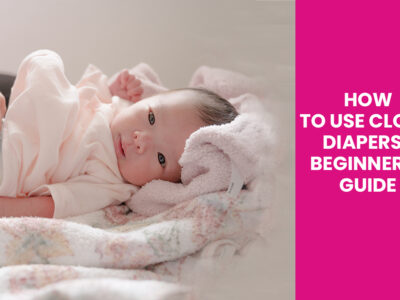
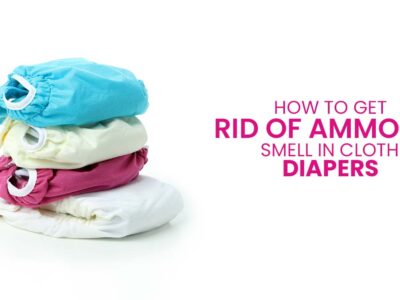
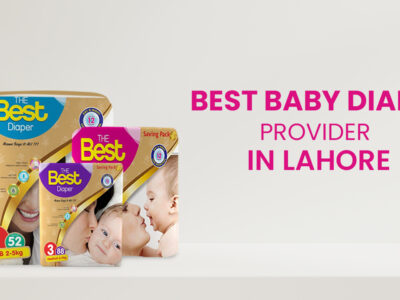


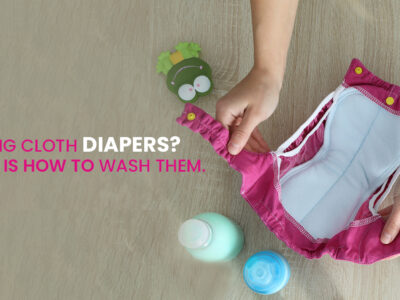
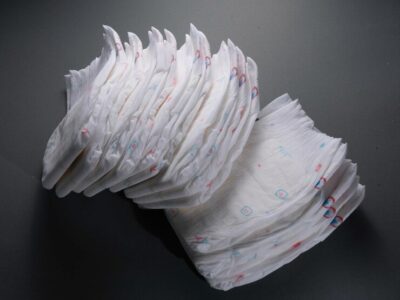


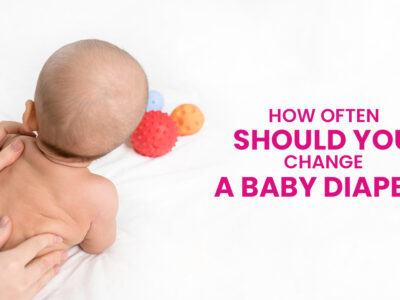
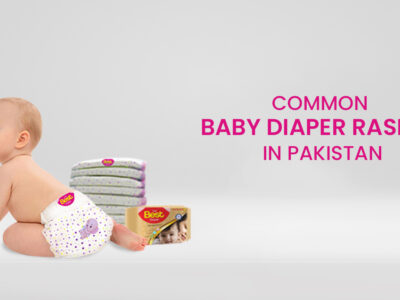





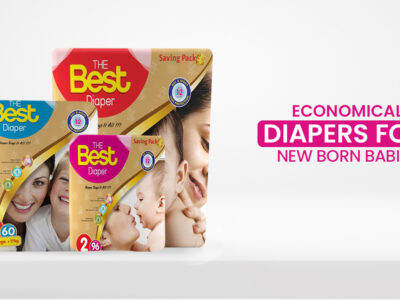
 Common Diaper Rash Problems And How To Manage Them
Common Diaper Rash Problems And How To Manage Them  Things You Need To Consider When Choosing Baby Diapers
Things You Need To Consider When Choosing Baby Diapers  12 Effective Ways To Treat Diaper Rash In Babies
12 Effective Ways To Treat Diaper Rash In Babies  Top 10 Baby Diaper Provider In Pakistan
Top 10 Baby Diaper Provider In Pakistan  The Best Overnight Diapers for Toddlers
The Best Overnight Diapers for Toddlers